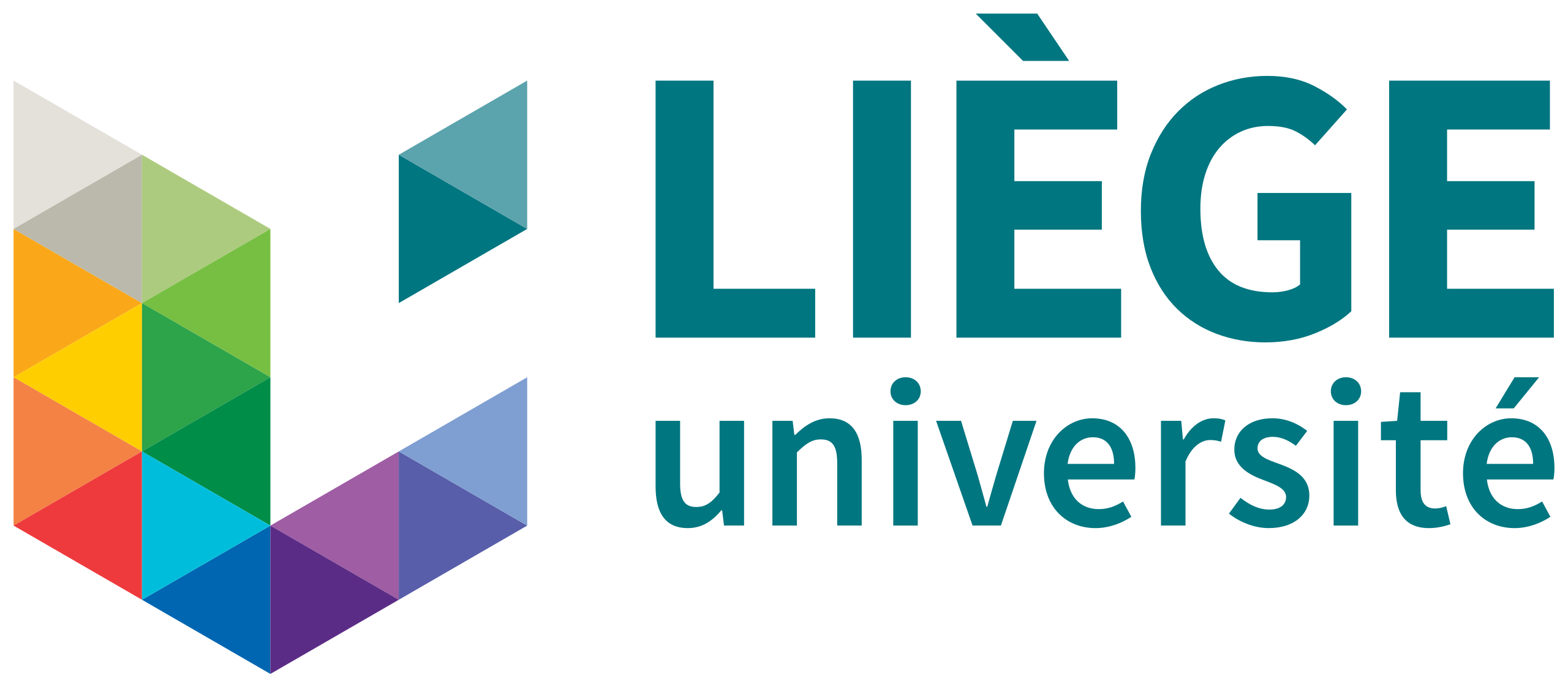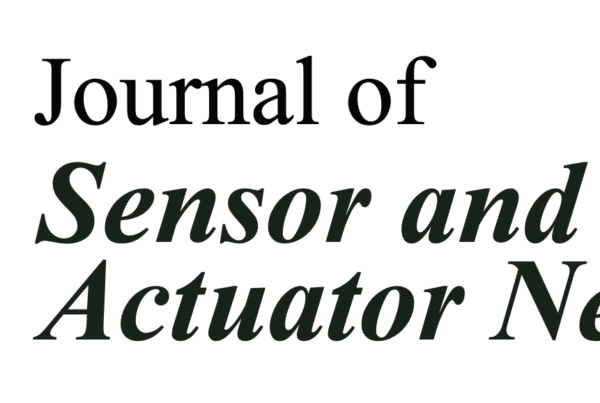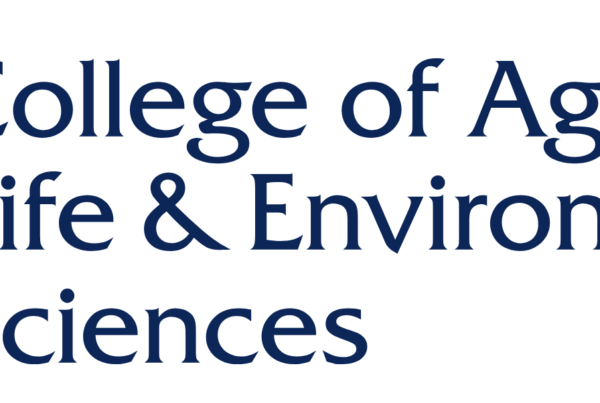Variable rate irrigation and nitrogen fertilization in potato: engage the spatial variation (potential)
Abstract
With a total acreage of more than 5200 km² in all four countries, potato is an important agricultural crop in Belgium, Denmark, the Netherlands and Germany. In these countries percolation water contains nitrate (NO₃-) concentrations higher than a safety limit of 25 mg/l, hence it is of common interest to reduce the leaching of nitrogen (N) from NO3- and to increase the water use efficiency from irrigation of potato fields. It is envisaged that irrigation in potato will be crucial in the future to maintain stable yields as scenarios predict an increased occurrence of climatic extremes. The objective of the project “Variable rate irrigation and nitrogen fertilization in potato; engage the spatial variation” (abbreviated POTENTIAL) is to increase N and water use efficiency in potato by the use of innovative precision farming solutions. Spatio-temporal variation in water and N deficit in potato fields is revealed using remotely sensed data from satellite, drone, electromagnetic induction (EMI) and tractor-mounted and hand-held sensors. The combination of these different types of information on above- and belowground crop and soil information opens up new opportunities for sound decision making. The project envisaged the translation of years of research on mapping the variability in crop vitality and soil condition to specific task maps for farmers in order to optimize their management. The consortium was composed of the Soil Service of Belgium (SSB), VITO, Université de Liège (ULg), Aarhus University (AU), Fasterholt Maskinfabrik (FM), Forschungszentrum Jülich (FZJ and Wageningen University & Research (WUR).
Publication University of Liége
Citation Garré, S., Janssens, P., Reynaert, S., Dumont, G., Von Hebel, C., Piccard, I., … & Booij, J. (2020). VARIABLE RATE IRRIGATION AND NITROGEN FERTILIZATION IN POTATO; ENGAGE THE SPATIAL VARIATION (POTENTIAL).
Date 2020






